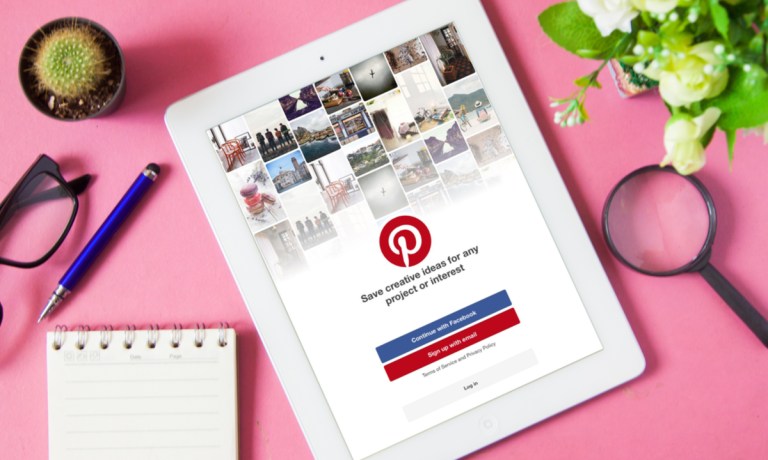
As consumers seek more frictionless eCommerce experiences, Pinterest is seeing user demand for shoppable features, as long as the purchasing journey is simple and intuitive.
The social media company shared Tuesday (April 30) in its first quarter fiscal 2024 earnings report that revenue was up 23% year over year in the period, attributing this increase to, among other things, investing in making the platform more shoppable.
“We’ve made it easier and more seamless to shop content on Pinterest, a top priority for our users, and we’re seeing users take advantage of the improved actionability, as outbound clicks to advertisers accelerated from last quarter, more than doubling year over year yet again,” CEO Bill Ready told analysts on the call.
Indeed, many consumers are integrating social media into their shopping journeys, but so far, relatively few are actually making purchases through these platforms. The 2023 PYMNTS Intelligence report “Tracking the Digital Payments Takeover: Monetizing Social Media” drew from a study of nearly 3,000 U.S. consumers. It found that 43% of consumers browse social media to find goods and services. However, only 14% ultimately purchase those goods and services via social media.
For these consumers, as Ready attested, ease of use is a top priority, with a plurality of consumers who transact on social media saying they do so because it is convenient and familiar.
“We know users come to Pinterest to shop, and we’ve been working to ensure our high-intent audience can find and easily take action on the content they see on Pinterest,” Ready said.
Indeed, consumers demand easy eCommerce journeys. The PYMNTS Intelligence report “The Online Features Driving Consumers to Shop With Brands, Retailers or Marketplaces,” created in collaboration with Adobe, found that half of consumers surveyed said that they consider how easy the checkout process is when selecting a digital merchant, and 40% said the same of how easy to navigate the merchant’s online store is.
At the time of the “Monetizing Social Media” survey, which was conducted in May, 8% of consumers had browsed or shopped on Pinterest in the previous month, with that figure rising to 14% for Gen Z and 13% for millennials, though only 1% of consumers ultimately made a purchase via the platform.
Competition in the social commerce space is heating up. Meta, for instance, shared on its earnings call Wednesday (April 24) that it has seen revenue from its machine learning automated monetization tools, Advantage+ shopping and Advantage+ app, more than double, and the company is looking to grow that business further going forward.
“We’re trying to enable more conversion types for Advantage+ shopping. In Q1, we began expanding the list of conversions that businesses could optimize for,” CFO Susan Li told analysts. “So, previously it only supported purchase events, and now we’ve added 10 additional conversion types, and we’re continuing to see strong adoption now across verticals.”
Even smaller players in the social commerce space, such as Snapchat, are stepping up their offerings. On a call with analysts Thursday (April 25), Evan Spiegel, CEO of Snapchat parent company Snap, spoke to the progress of the social media platform’s partnership with Amazon.
“It’s still very early, but I think what’s exciting is being able to bring relevant products to Amazon shoppers inside the Snapchat experience,” Spiegel said. “We know that people now shop where they consume content, and so to be able to offer a relevant product selection in line and allow people to check out with one tap is certainly an exciting product development.”